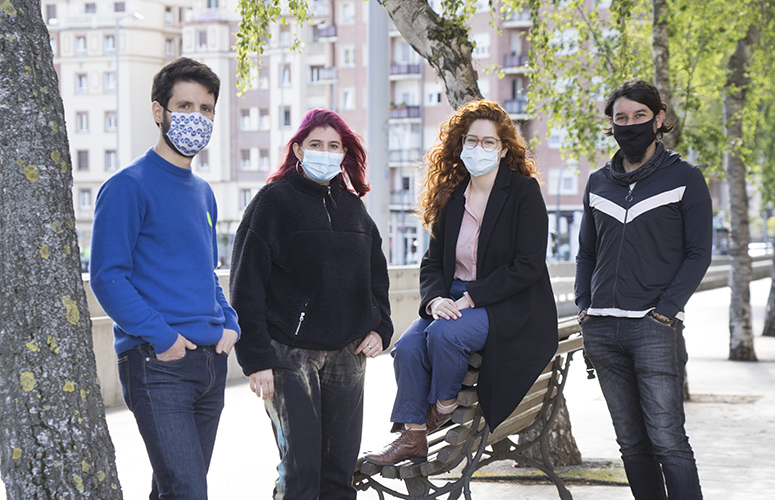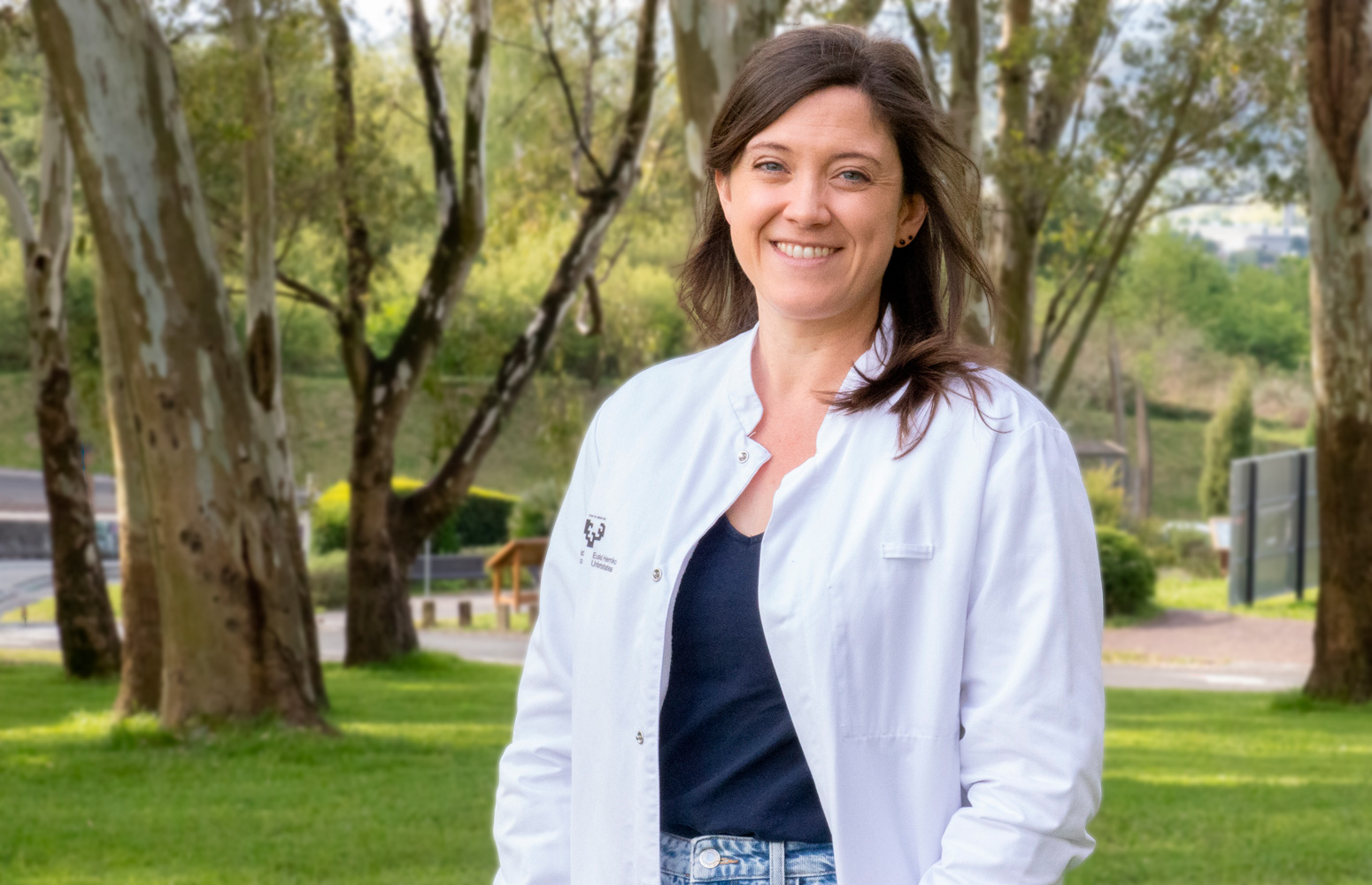The ENEDI research group of the UPV/EHU-University of the Basque Country is proposing a general methodology for the integral energy renovation of residential urban areas, which involves specifying a District Equivalent Building based on an inventory of the area. This can be used to obtain an energy retrofit plan to meet certain energy performance targets at the lowest annual cost, so that zero-energy districts can be achieved.
Energy renovation of entire neighbourhoods to achieve zero-energy districts
The ENEDI group has presented a simplified methodology designed to develop integral renovation actions at district level
- Research
First publication date: 10/05/2021

As a result of the current climate crisis there is a pressing need to take measures to improve the energy efficiency of building stock. Considering the relatively low specific consumption of individual buildings, it is increasingly common nowadays to go beyond the individual limit; from an architectural and urban planning perspective, starting from the principle of virtually zero-consumption buildings and progressing to the urban district scale, this has resulted in the concept of zero-energy districts, a concept that is attracting more and more interest: districts with a net annual energy consumption close to zero.
"The energy renovation of buildings is recognised by policies at European, national and regional level. The building stock we have is very old, and there are many neighbourhoods built in the midst of developmentalism with a great homogeneity of buildings," explained Álvaro Campos, PhD holder in thermal engineering in the UPV/EHU's Department of Energy Engineering. In this respect, the ENEDI (Energy in Buildings) research group, to which Campos belongs, set out to develop approaches at district level, at the level of specific, reproducible typologies, in order to achieve rafts of solutions to reduce emissions and energy consumption. By setting a zero-energy target for the whole district, the strategy of considering the contributions of different energy yields and different production capacities allows diversity to be harnessed and opens up the possibility of sharing needs, costs and resources.
Geared towards integrating the social component
This is how the group has devised a simple optimisation methodology to develop integral renovation actions at district level. The methodology requires very little input from the user; it allows energy-saving measures to be selected, and also facilitates the design and operation of energy supply systems from among a very wide range. To apply it, the concept of a District Equivalent Building, defined as a virtual building that represents the overall energy demand of the district, was incorporated. With all this, a solution with a minimum cost is sought to meet a given energy consumption, which is related to the specific design of the heating network, specification of particular actions to interconnect the buildings with the network, etc.
The method is also a highly appropriate tool for the preliminary study of urban heating networks. In view of its simplicity, it is primarily intended for use in the early stages of design, whereas a more detailed analysis would be needed at a more advanced stage of development. "This is a simplification, which, like any simplification, also loses some precision. But we believe it is acceptable, especially because tools that provide a much more global vision are needed. Moreover, for political decision-making purposes, it may be very interesting to understand neighbourhoods as units, even if we then have to look at the specifics," said Campos.
This methodology has been applied in Bilbao's Otxarkoaga neighbourhood, "where people live in situations of huge social exclusion. We then saw the need to integrate the human component, the social aspect, into the research. We have obtained funding for a project in which we are going to combine these measures both to reduce consumption and to incorporate renewables and more efficient technologies; the social component to tackle situations of energy poverty will also be included. Because if the solutions are not suited to the capacities of the players, then we are in fact creating a reality without the capacity to exert an impact," Campos pointed out.
Bibliographic reference
- A MILP optimization method for energy renovation of residential urban areas: Towards Zero Energy Districts
- Sustainable Cities and Society
- DOI: 10.1016/j.scs.2021.102787



